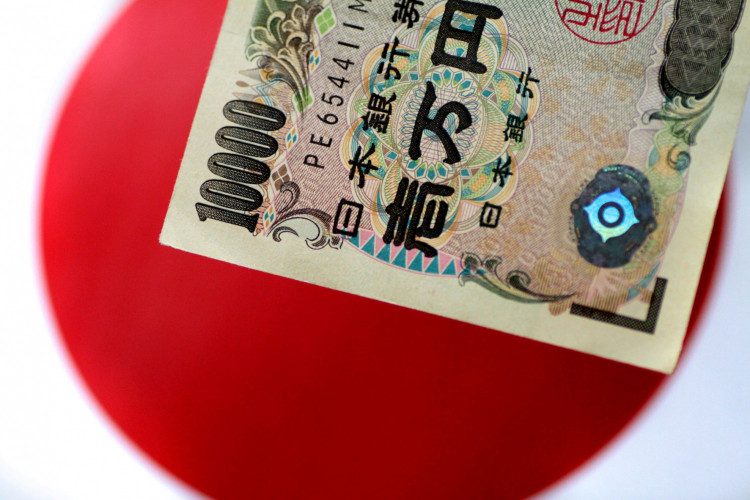On Thursday, the Japanese yen dropped past 150 versus the U.S. dollar, reaching a significant level not seen since August 1990.
Japan's 10-year government bond yields crossed the 0.25% threshold that the central bank promised to uphold on Thursday; they were last at 0.252%. The 20-year bond's yield increased as well, reaching its highest level since September 2015.
The two-day Bank of Japan (BoJ) meeting is scheduled for the following week. To protect against additional currency depreciation, policymakers have decided against raising interest rates.
On Thursday, the benchmark S&P 500 declined 0.8%. The longer end of the yield curve saw the biggest increase in Treasury yields, which reduced the inversion of the 10-year/2-year yield gap to about -38 basis points.
The BoJ may opt to intervene at these levels, but prices appear to be poised for a short-term downturn. This could result in a temporary decline to the rising 9-day Exponential Moving Average (EMA), which has been supporting prices since August. The Relative Strength Index reached its highest level since early 2022, highlighting the recent intense JPY selling.
On Thursday, the BoJ also announced emergency bond-buying operations. It proposed to buy 100 billion yen ($666.98 million) in Japanese government bonds with maturities ranging from 10 to 20 years, as well as another tranche of 100 billion yen with maturities ranging from five to 10 years.
As part of its economic stimulus measures, the central bank has repeatedly promised to buy an infinite quantity of bonds at a fixed rate to keep the yield on 10-year government debt at 0.25%.
Japanese Finance Minister Shunichi Suzuki reportedly stated that the government will take "appropriate steps against excess volatility" on Thursday, according to Reuters.
"Recent rapid and one-sided yen declines are undesirable. We absolutely cannot tolerate excessively volatile moves driven by speculative trading," he said.
When asked how concerned he is about the USD/JPY reaching levels near 150, ANZ chief economist Richard Yetsenga replied he is "not that worried."
"I don't think we're into destabilizing currency territory yet," he said on CNBC's "Squawk Box Asia." "There's lots of emotive words around it, but what problems has it engendered?" he said.
Shortly after the BoJ's latest decision to keep interest rates low in order to assist the country's sluggish economy last month, authorities confirmed they interfered to protect the yen from further depreciation.
This intervention temporarily pushed the yen to 142 per dollar. The difference between the highest and lowest intraday values was also the biggest since 2016.
The yen was trading around 159.8 against the dollar in April 1990, having last surpassed 160 in December 1986.






